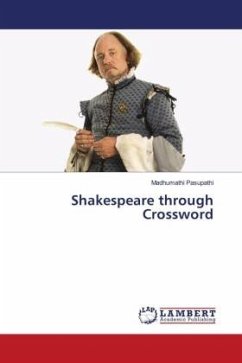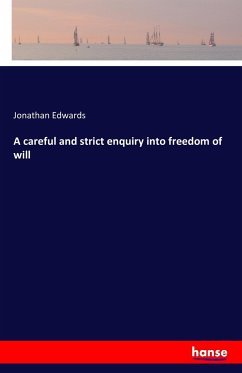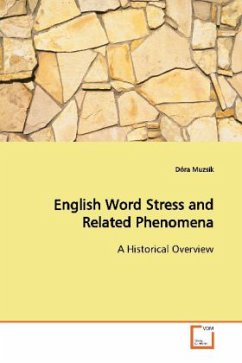
Strict CV Phonology and the English Cross-word Puzzle
Empty Categories in Connected Speech
Versandkostenfrei!
Versandfertig in 6-10 Tagen
45,99 €
inkl. MwSt.

PAYBACK Punkte
23 °P sammeln!
The book aims to show how a phonological framework equipped with empty skeletal positions is capable of analysing connected speech phenomena. The major illustration comes from "the English cross-word puzzle", that is, the distribution of /t/-allophones, which is introduced in considerable detail. The author argues that Strict CV phonology, a subbranch of Government Phonology, is adequate for serving as the theoretical background. She presents an account of English /t/-allophony which avoids the contradictions that previous analyses, thoroughly evaluated in the book, suffer from. It is proposed...
The book aims to show how a phonological framework
equipped with empty skeletal positions is capable of
analysing connected speech phenomena. The major
illustration comes from "the English cross-word
puzzle", that is, the distribution of /t/-
allophones, which is introduced in considerable
detail. The author argues that Strict CV phonology,
a subbranch of Government Phonology, is adequate for
serving as the theoretical background. She presents
an account of English /t/-allophony which avoids the
contradictions that previous analyses, thoroughly
evaluated in the book, suffer from. It is proposed
that a prosodic structure made up of strictly
alternating C and V positions and "armed with" an
empty CV-span as the boundary-marker of words makes
predictions that are supported by data from various
languages. The book also argues that, besides the
distinction between strong and weak phonological
positions, a further dichotomy of weak and semi-weak
positions is justified in English. Finally, the
cross-linguistic behaviour of onsetless syllables is
investigated, which is found to fall out naturally
from the representations of Strict CV phonology.
equipped with empty skeletal positions is capable of
analysing connected speech phenomena. The major
illustration comes from "the English cross-word
puzzle", that is, the distribution of /t/-
allophones, which is introduced in considerable
detail. The author argues that Strict CV phonology,
a subbranch of Government Phonology, is adequate for
serving as the theoretical background. She presents
an account of English /t/-allophony which avoids the
contradictions that previous analyses, thoroughly
evaluated in the book, suffer from. It is proposed
that a prosodic structure made up of strictly
alternating C and V positions and "armed with" an
empty CV-span as the boundary-marker of words makes
predictions that are supported by data from various
languages. The book also argues that, besides the
distinction between strong and weak phonological
positions, a further dichotomy of weak and semi-weak
positions is justified in English. Finally, the
cross-linguistic behaviour of onsetless syllables is
investigated, which is found to fall out naturally
from the representations of Strict CV phonology.












